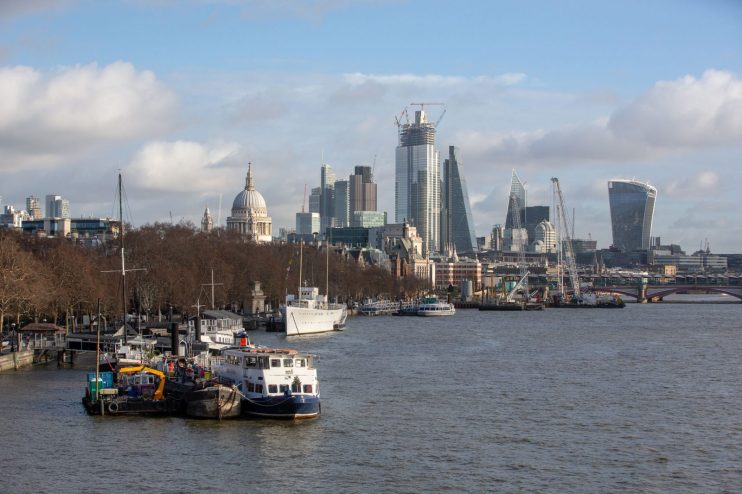City Corporation launches public consultation for revised City Plan

The City of London Corporation has today launched a public consultation for the revised City Plan 2036 and is calling on all those affected – including workers, businesses and residents – to provide feedback.
The plan sets the strategic direction on future development of the City over the next 15 years and includes the vision, strategy, objectives and policies to guide planning decisions. It comes as recent statistics show that, so far this year, the City Corporation has given planning consent for the equivalent of almost 80% of the total office floorspace it approved for the whole of last year
The City Plan 2036 has been refined from earlier iterations as a result of changes introduced by the Government last year on planning use classes.
The public consultation will run until 7th May before being submitted to the Secretary of State for Housing, Communities and Local Government to appoint an independent planning inspector with the final City Plan 2036 expected to be adopted in early 2022.
Chair of the Planning and Transportation Committee at the City of London Corporation, Alastair Moss, said:
“This is a hugely ambitious Local Plan for the Square Mile, and it will be key in lead our planning decisions through the COVID-19 recovery and beyond.
“Following Government changes on use class policies we were required to further refine some elements to reflect the new rules. However, core principles such as creating space for business to grow, a unique historic environment and healthy streets with a vibrant culture remain the same.
“We strongly urge those who live, work and visit the City to engage with the consultation – even if the Government’s coronavirus restrictions have meant you have had to stay away from the Square Mile over recent months.”
Key development guidance included in the City Plan include:
- Encouraging office floorspace that is flexible and adaptable to meet the demands of different types of business occupiers, enabling more incubators, start-ups and other small and medium sized companies to set-up here.
- A policy on urban greening: all new developments and refurbishments will be required to include a greening element to the building or public realm to contribute to improving biodiversity, rainwater run-off, air and noise pollution, temperature regulation, and making the City a more visually desirable business location.
- Developers, along with the transport, delivery and servicing industries will be expected to contribute to freight transport consolidation measures to reduce air pollution.
- Together with the City’s first Transport Strategy, there is a greater emphasis on pavement space and prioritisation of pedestrians. Providing pedestrian routes through new buildings is encouraged.
- Additional housing on suitable sites seeks to meet the Mayor’s London Plan target.
- Office space will be complemented by other commercial, cultural and retail growth wherever appropriate, adding to the City’s vibrant 24/7 evolution.
The City Plan 2036 identifies seven key areas of change, where the City Corporation is promoting continued sustainable growth:
- Liverpool Street area will be a thriving retail environment. Significant enhancements at Broadgate, with plans that when combined with 100 Liverpool Street, would match the current retail offer at 1 New Change on the City’s ‘high-street’.
- Smithfield and Barbican ‘Culture Mile’ plans include the relocation of the Museum of London to West Smithfield, and Beech Street will be transformed into a cleaner and more welcoming food and retail environment.
- The Eastern City Cluster will grow to close the gap between the isolated Walkie-Talkie and the rest of the cluster of towers, while introducing more animated ground floor spaces. Changes will also include pedestrian priority areas, a push for off-site consolidation and the re-timing of freight and deliveries outside of peak hours.
- Redevelopment of the post-war sites at Blackfriars provides scope to enhance surroundings including improved access to the enhanced riverside walkway.
- The Pool of London is an iconic part of the City’s riverside where regeneration plans will boost its attractiveness and vibrancy. Use of the River Thames will also increase significantly if new riverside infrastructure enables it to become a major corridor for the movement of people and the transport of materials.
- Aldgate Square will be the focal point between Aldgate and Tower Gateway with plans for better cycling facilities, pedestrian connections and public transport capacity in the area.
- Fleet Street; 30 years after newspapers moved out, large 1980s office buildings are reaching the end of their leases, with Deloitte and Freshfields moving elsewhere in the City. Alongside a potential new judicial centre and the upcoming Elizabeth line, there is an opportunity to refresh the area and property market.
More on the City Plan 2036 and the consultation can be seen here.
